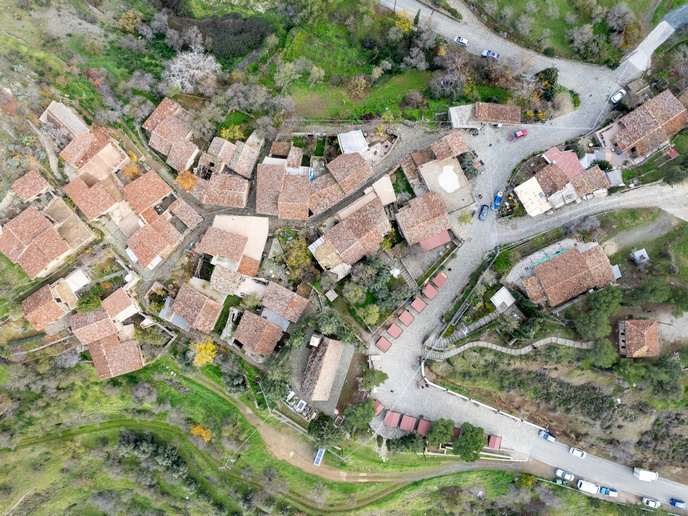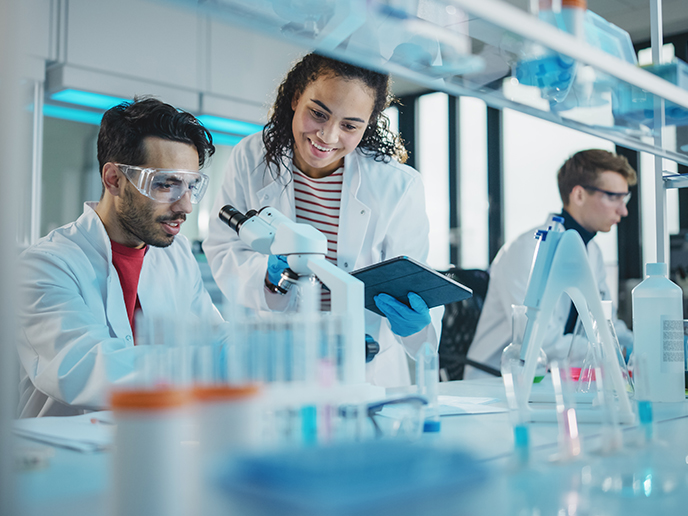Available technologies can reduce emissions in Europe’s food supply chain by 2050
The global food supply chain is a significant but underappreciated source of emissions, relying heavily on both energy and transport. Global food systems contribute 20-40 % of greenhouse gas (GHG) emissions. The EU-funded ENOUGH(opens in new window) project, wrapping up in September 2025, has provided a range of tools to address this. They can contribute to the EU Farm to Fork Strategy and a climate-neutral European food industry by 2050.
Tackling refrigeration-associated GHG emissions
Refrigeration (cooling and freezing) is a major energy consumer in the food chain and often uses high ‘global warming potential’ (GWP) refrigerants. “ENOUGH prioritised practical, market-ready solutions at high technology readiness levels to reduce refrigeration-associated GHG emissions,” says project coordinator and senior research scientist Kristina N. Widell of SINTEF Ocean(opens in new window). Thermal integration of heating and cooling was an important aspect. For example(opens in new window), waste heat from refrigerators used for chilling milk at a dairy can be channelled into the ‘cleaning-in-place’ processes. ENOUGH also piloted and simulated the use of natural refrigerants with minimal or no GWP, better insulation, renewable energy integration and electrification.
Technological successes and non-technical gaps
The project features 21 demonstration sites across Europe, showcasing real-world applications of emission-reducing technologies. Highlights include dairy sites in Austria and Norway(opens in new window) with significant energy savings and CO2 reductions using innovative heating and cooling systems. A transport demonstrator in Italy proved the viability of natural refrigerants and electric-powered refrigerated transport, offering a scalable model for sustainable logistics. In addition, advanced freezing technologies such as brine, blast and CO2 plate freezing were demonstrated along with energy-efficient fruit storage using dynamic controlled atmosphere(opens in new window) and sustainable packaging for soft fruits. ENOUGH also piloted retail and domestic innovations. The former included heat reclaiming, thermal storage and demand-side responses, while the latter included freeze dryers and energy-efficient refrigerators. Reducing emissions in the global food supply chain will require more than technological solutions. Targeted regulatory policies are needed at all stages of the food supply chain, as well as harmonised tools to track GHG emissions across companies and sectors, enabling better benchmarking and strategy development. Poor awareness is another issue to be addressed. Surveys of nearly 1 000 consumers across Europe revealed key gaps in public understanding and behaviour related to food sustainability.
Simulations and country-specific technological roadmaps
ENOUGH offers a web-based tool(opens in new window) that simulates GHG emissions across the entire food ‘cold chain’, from harvest to consumption. It calculates energy use, CO2-equivalent emissions per kilogram of product, as well as quality and safety indicators. This helps users like policymakers, businesses and even students test strategies and technologies to reduce emissions. “Our work demonstrated that GHG emissions can be reduced by up to 50 % in some sectors using technologies readily available today – a compelling message for policymakers and industry alike,” underscores Widell. Countries with cleaner electricity grids like Norway and France could even reach near-zero emissions in food services and storage by 2050 with relatively modest changes. “The success of the 21 real-world demonstrations proves that these solutions are not only feasible but scalable, offering a clear path to decarbonising the food supply chain,” adds Widell. ENOUGH developed tailored technological roadmaps for various stages of the food supply chain across six countries. “By combining real-world demonstrations, country-specific roadmaps, and a freely accessible simulation tool, ENOUGH equips stakeholders with the knowledge and tools to take action,” Widell concludes. In doing so, ENOUGH contributes to a more comprehensive approach to climate action, ensuring that the food system joins the transition to a low-carbon future.







